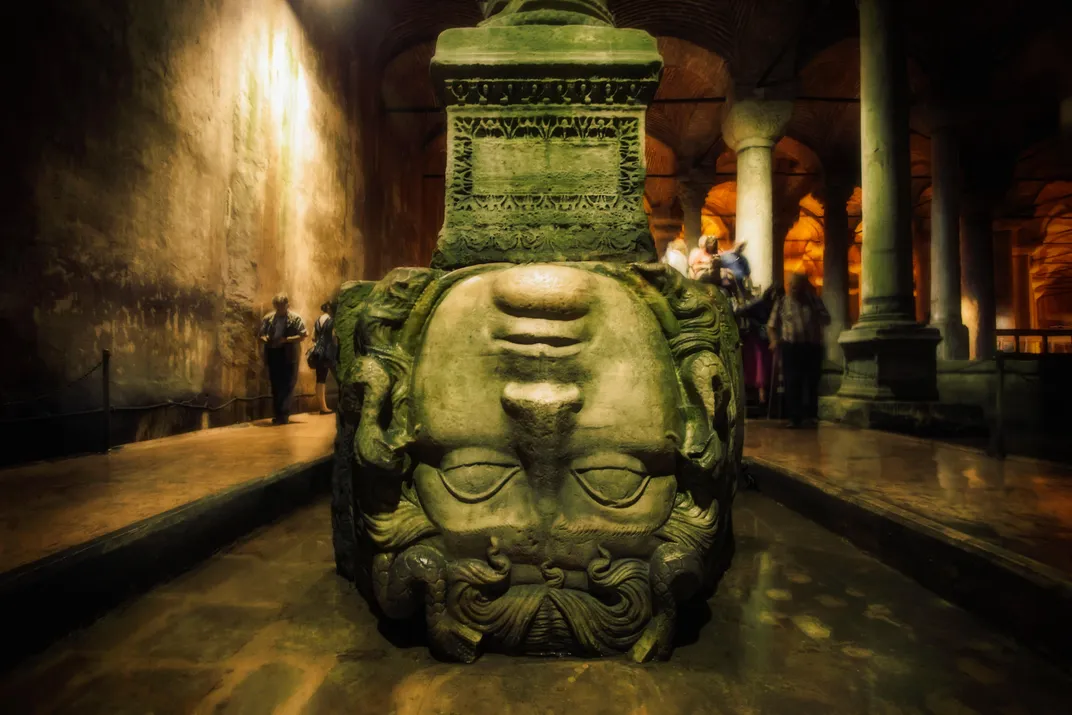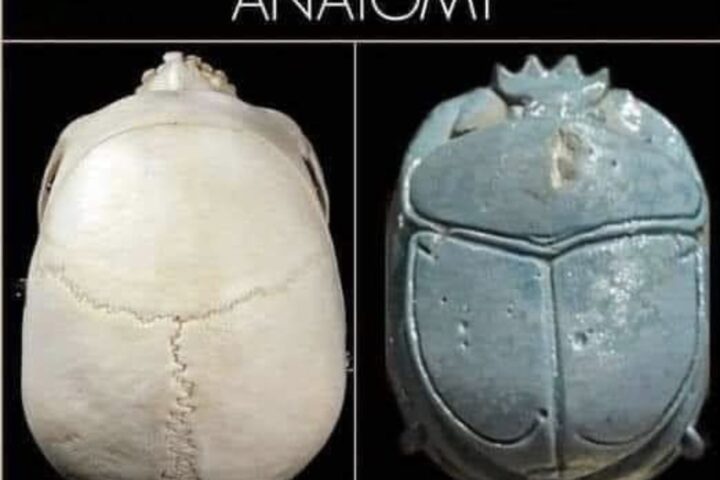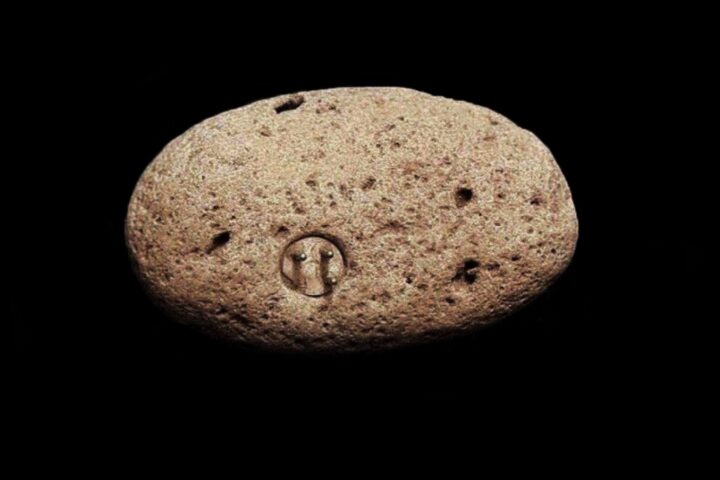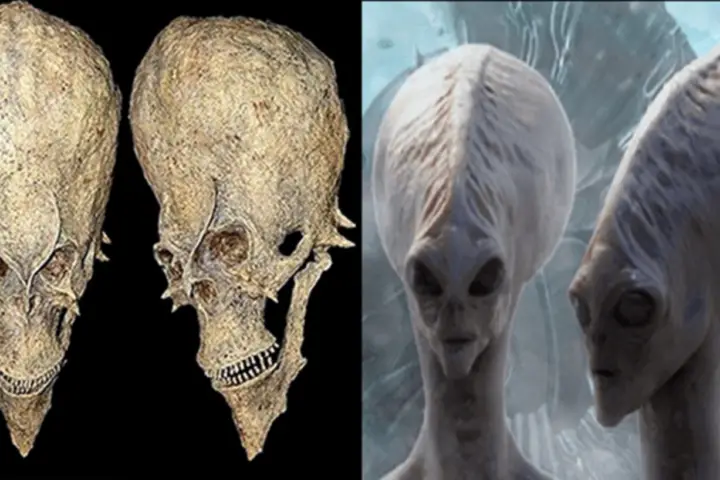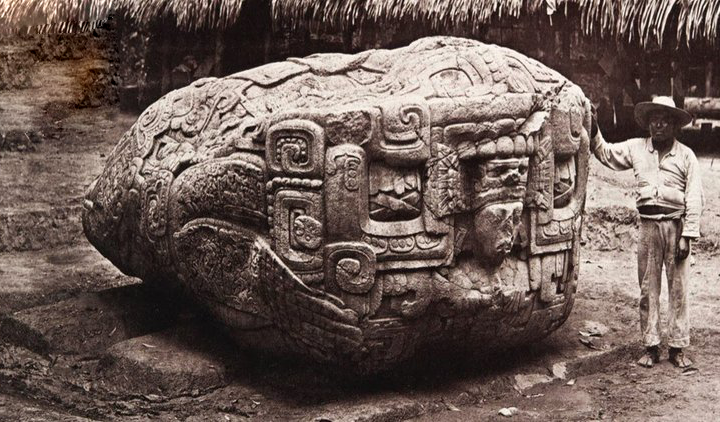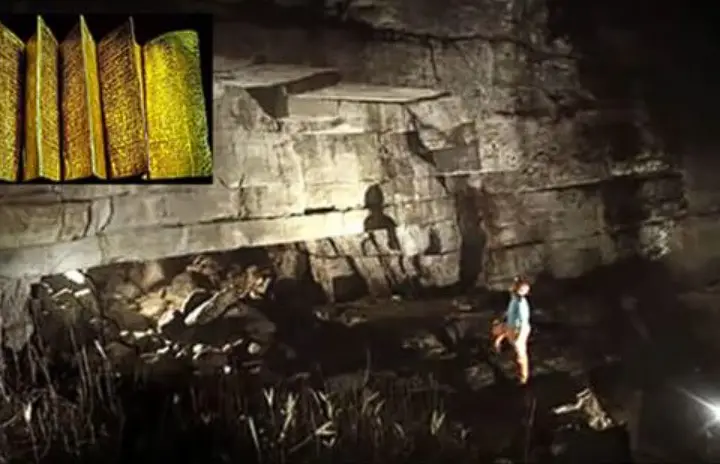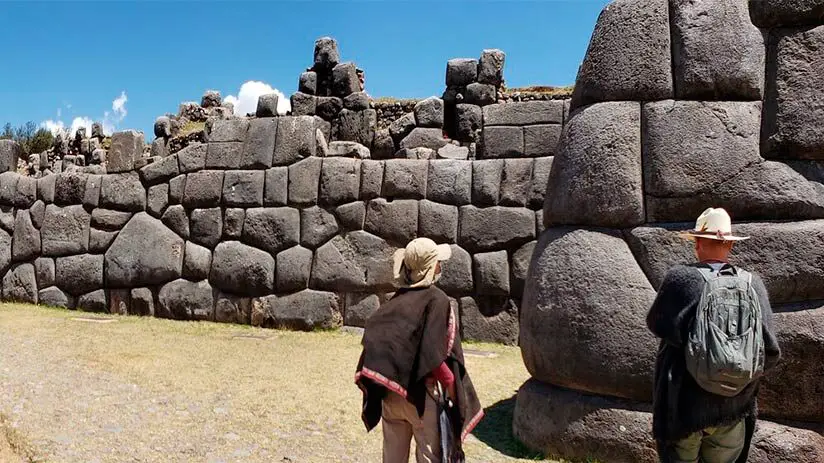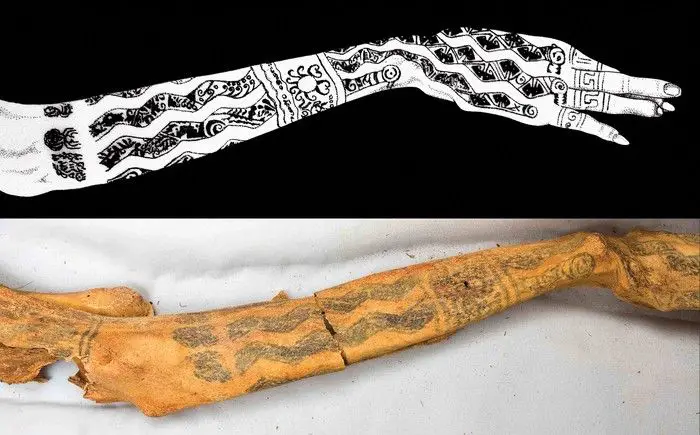Introduction: Beneath the world-renowned Hagia Sophia in Istanbul, lies a hidden marvel of history – an enormous ancient water tank featuring the enigmatic Medusa heads. For over 1,500 years, these heads have silently served as bases for the pillars, shrouded in mystery and legend.

Historical Background: The water tank, often referred to as the Basilica Cistern, dates back to the Byzantine era, constructed to store water for the Great Palace and other buildings. It was forgotten for centuries until its rediscovery, revealing a subterranean architectural wonder.
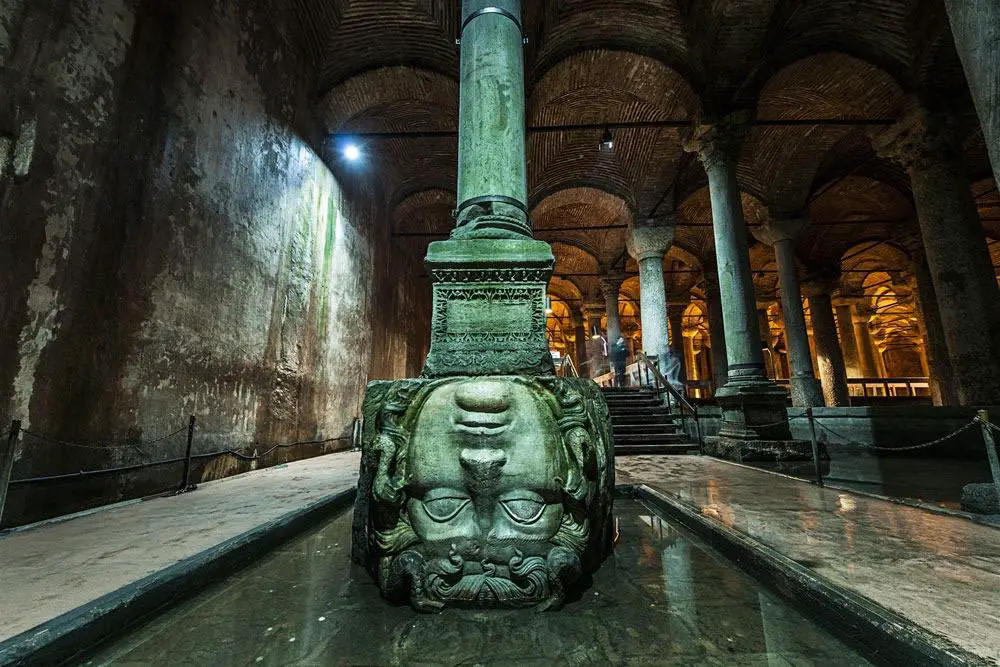
The Medusa Heads: At the base of two pillars rest the iconic Medusa heads, positioned upside down and sideways. Originating from Roman ruins, their placement in the cistern remains a subject of speculation. Some believe that the heads were placed in such manners to neutralize the petrifying gaze of Medusa, a figure from Greek mythology.
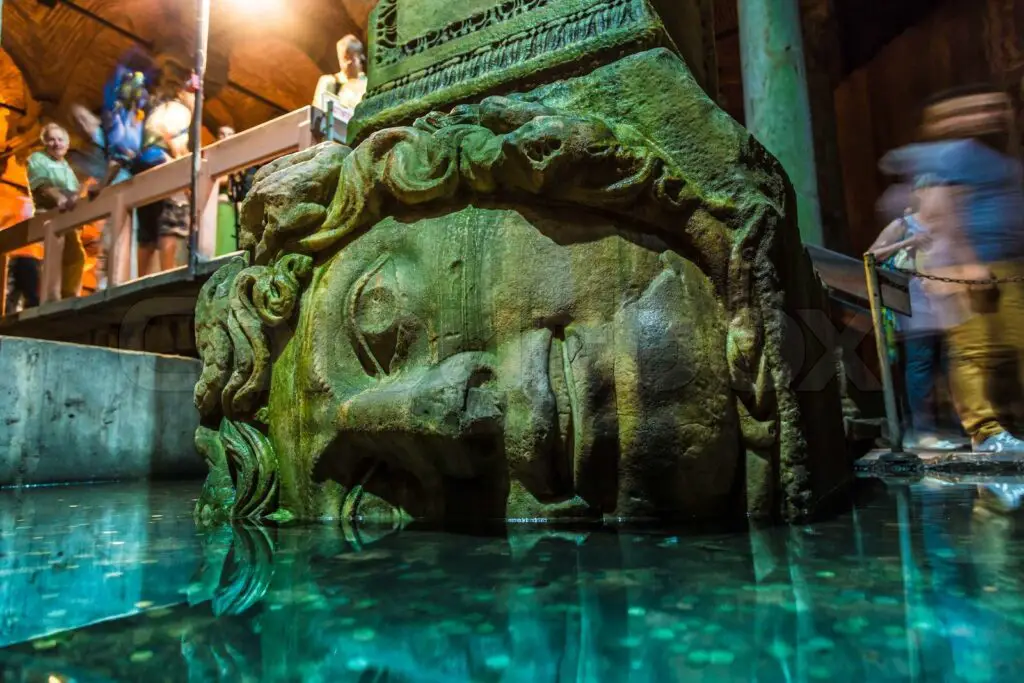
Architectural Significance: The cistern represents an architectural marvel of the Byzantine Empire, showcasing advanced engineering skills. The decision to repurpose the Medusa heads is seen as an example of the eclectic nature of Byzantine art, blending pagan mythology with Christian iconography.

Rediscovery and Tourism: Rediscovered in the 16th century, the cistern, with its dimly lit, eerie atmosphere and resident fish, quickly became a unique tourist attraction. Visitors are drawn not only to the historical significance but also to the mystique surrounding the Medusa heads.
Conservation Efforts: Over the years, conservation efforts have been essential in preserving the structural integrity of the cistern and the Medusa heads. These efforts ensure that this piece of history remains intact for future generations to explore and appreciate.
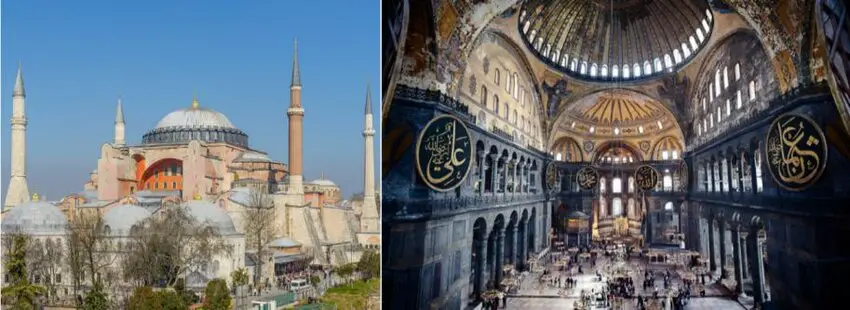
Conclusion: The Medusa heads in the water tank below Istanbul’s Hagia Sophia are a mesmerizing blend of history, mythology, and art. Their mysterious origins and enduring presence beneath one of the world’s most historic buildings continue to fascinate historians, architects, and tourists alike.

